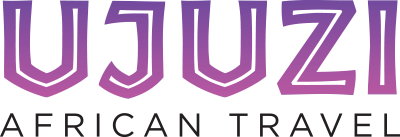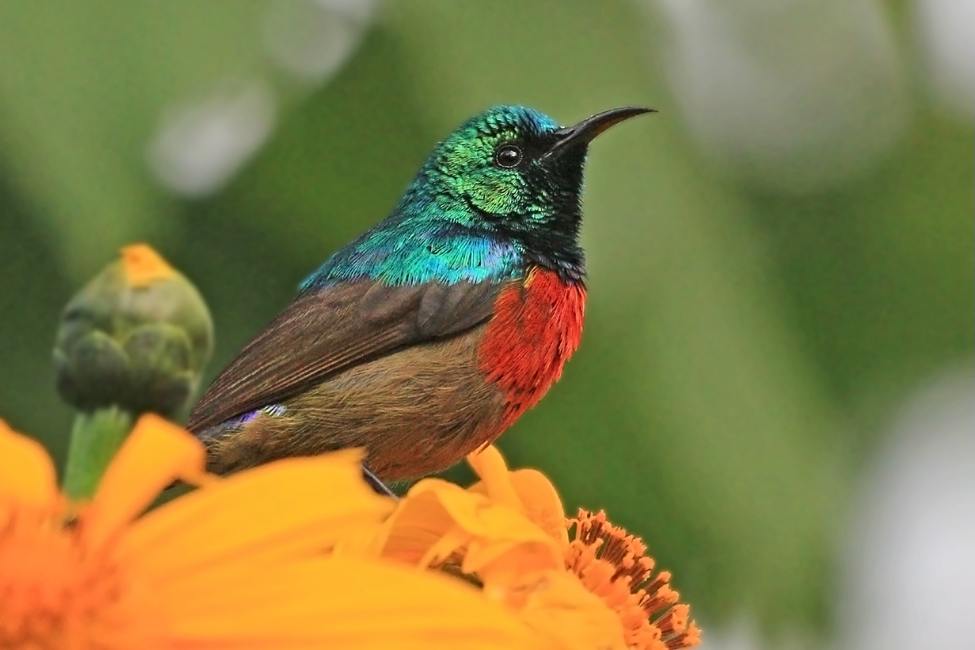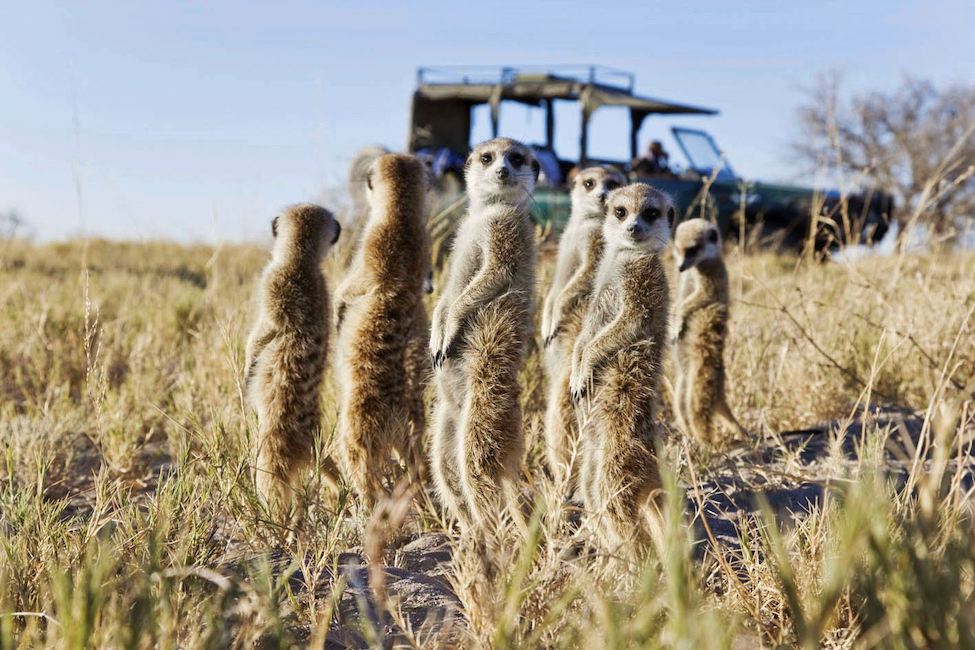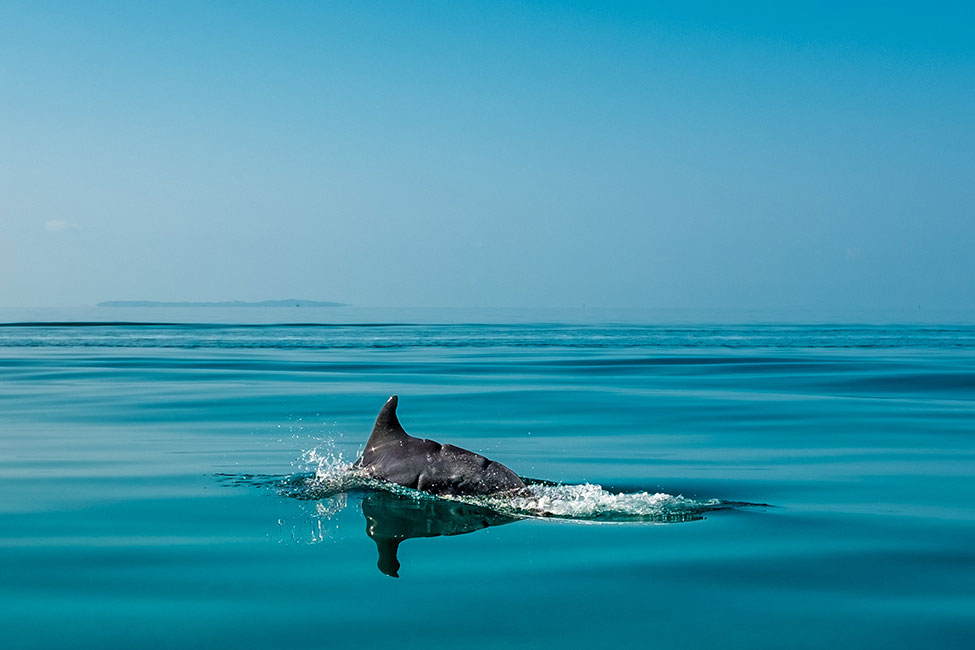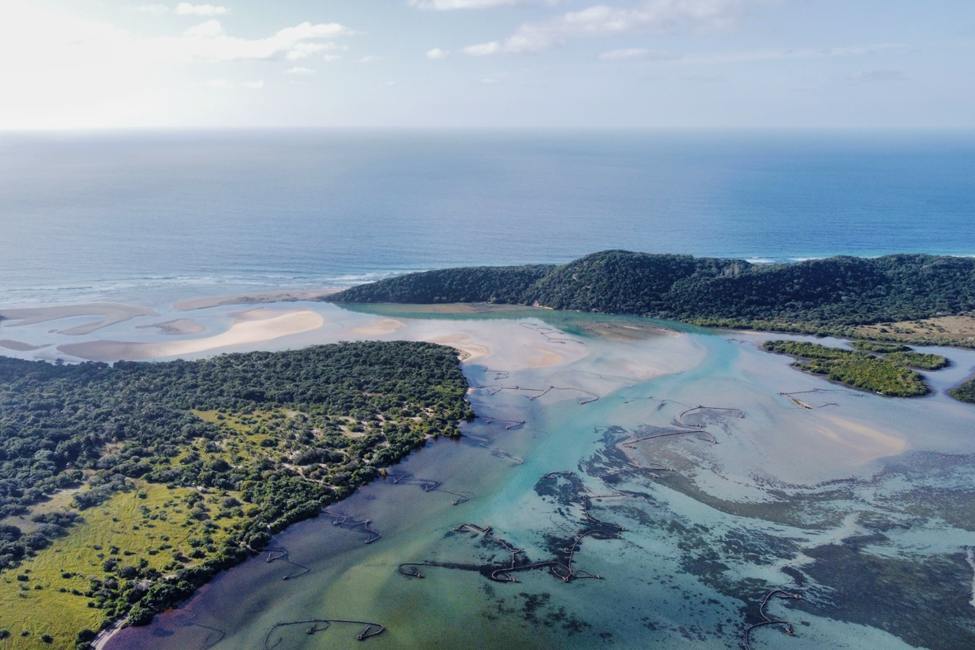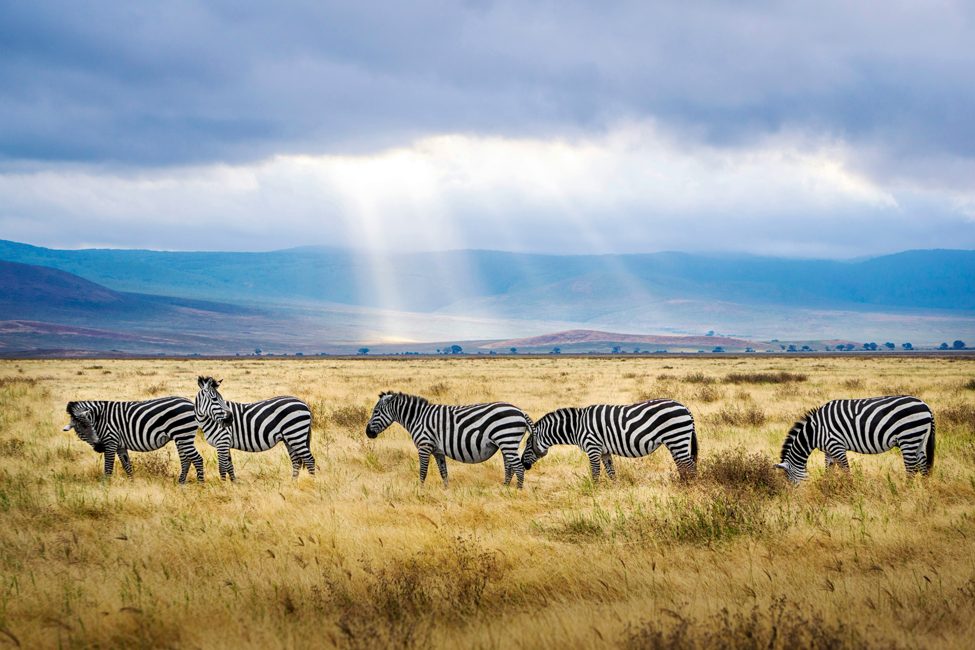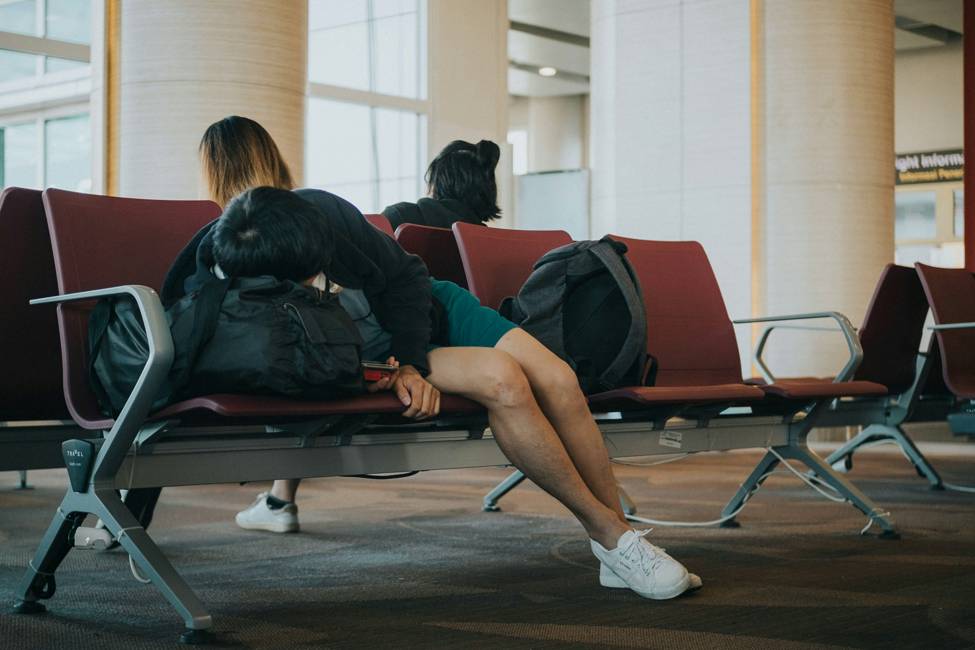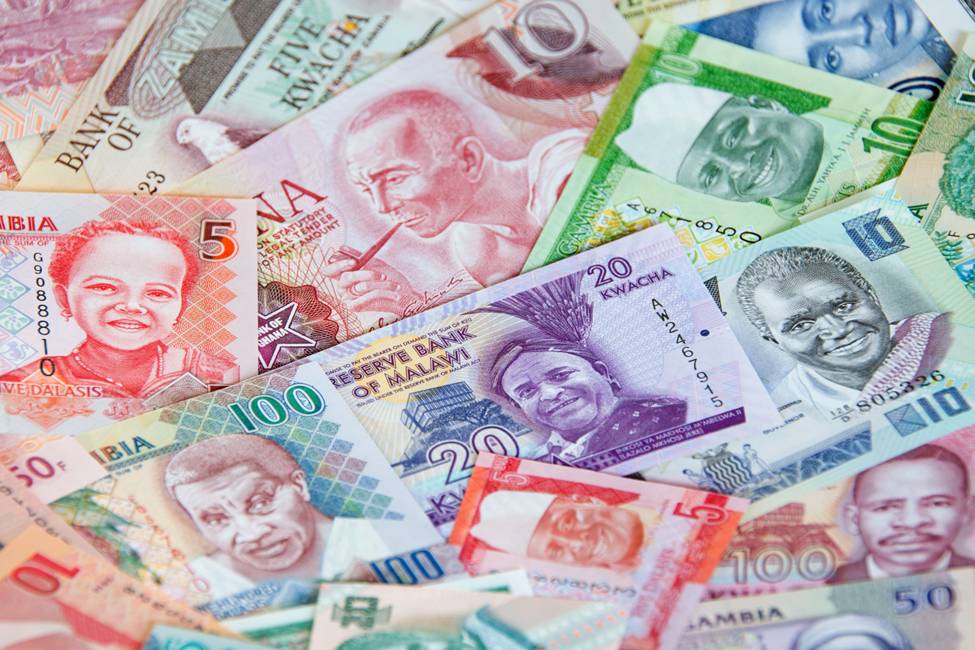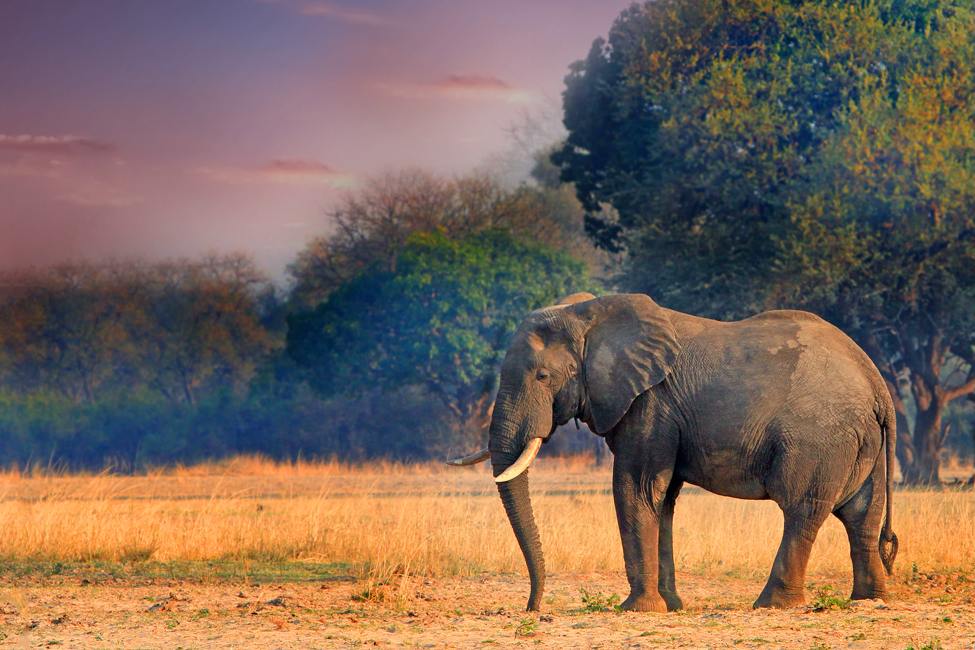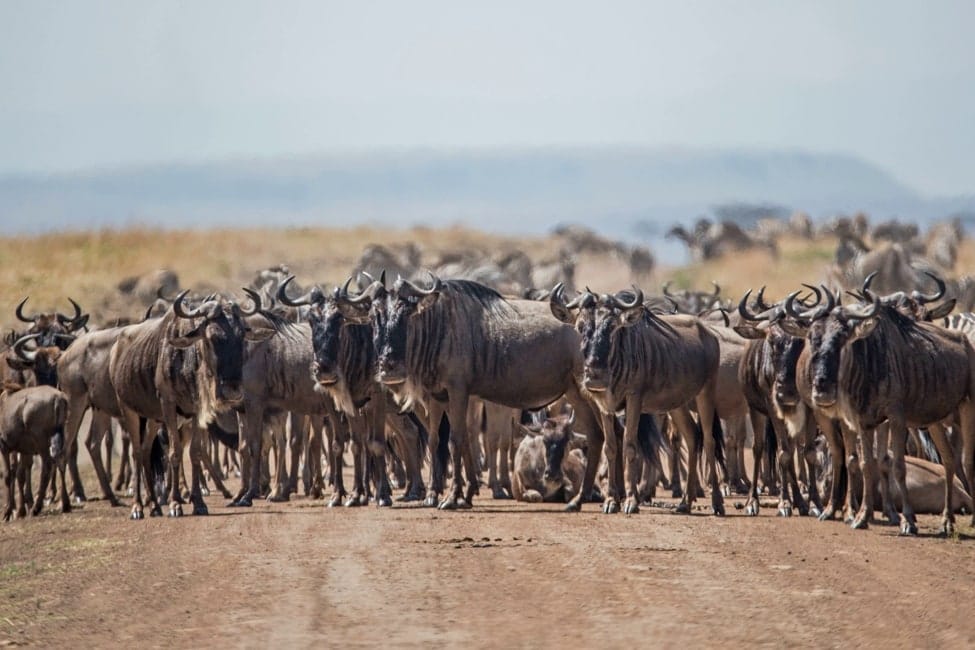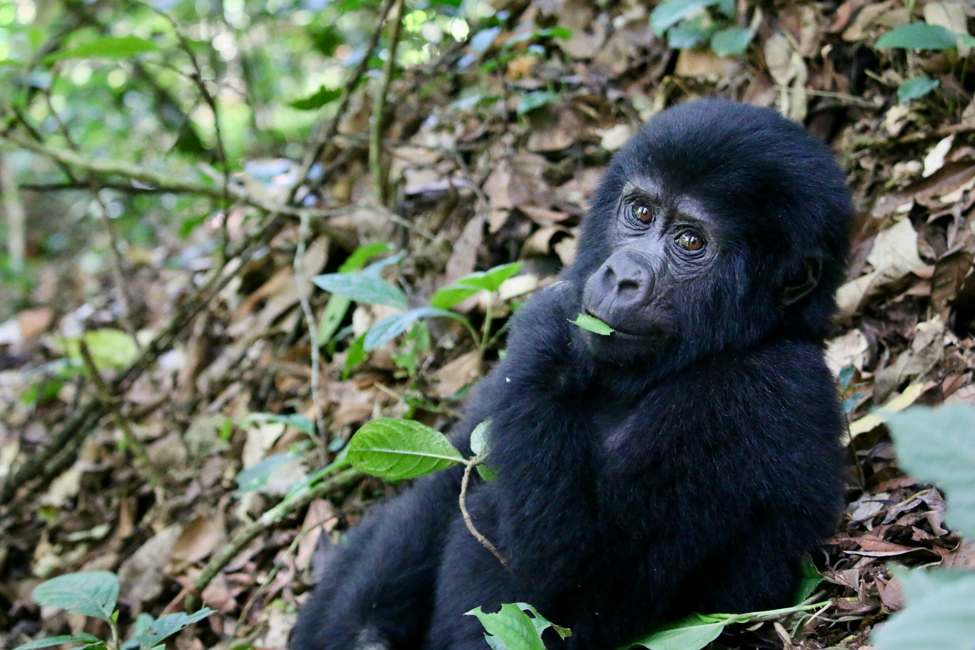Cash, Currency, and Credit: Navigating Payment Methods on Your Safari
In the excitement of preparing for your dream safari, don’t forget that currencies change when you cross borders. In this blog post, we discuss the best options for paying for items and services while traveling through Africa. We also give an overview of the currencies and money systems of our top destinations so you can enjoy seamless transactions throughout your journey.
Carry Some Cash
Credit cards are increasingly accepted at accommodations and tourism hubs throughout Africa. But we recommend always carrying some cash. It can come handy in extremely remote areas, for tips, and when shopping small stores or street vendors that don’t take credit cards.
Whether to use U.S. or local currency varies widely by country and even from business to business. Dollars are more likely to be accepted at lodgings and tourist areas, and less likely to be accepted in local markets and small business—but this varies from place to place. Later in the article, we’ll let you know what to expect depending on where you’re traveling and what you’ll be doing.
In general, we recommend carrying a mix of U.S. and local currency. U.S. dollars should be printed within the last 10 to 15 years and in smaller denominations (usually $20 and under for purchases; larger bills are fine for exchange). Do not accept very old or damaged notes of local currency, since some places may refuse to take them.
Exchanging Currency
You have several options for exchanging currency. Decide what’s right for you based on convenience and expense:
- Exchange money at home. Check with your bank to see if you can order currency and pick it up from a local branch before your trip. This usually offers the best exchange rates.
- Exchange currency at the airport upon arrival. Although exchange rates are higher, it’s efficient and saves you from taking time out of your trip later. Make sure any US bills you want to exchange are undamaged, in good condition, and were issued within the last ten years. (The date of printing is on the front of each bill in small print.) Higher denomination bills, like $100 notes, usually get a better exchange rate than smaller notes.
- Use an ATM to withdraw local currency. Select “no” when asked if you want the money converted. By selecting “no,” you are ensuring that your U.S. bank does the conversion, which generally results in lower fees. Used this way, ATMs are cheaper than foreign exchanges or banks. But keep in mind that ATMs are not readily available in all countries and may have withdrawal limits. For example, on a recent trip to Rwanda, a local ATM limited transactions to the equivalent of about $100 per withdrawal and three withdrawals per day.
- Visit a bank on your first day in the country. This is our least-recommended option because it can be time-consuming. In-branch fees are also higher than at ATMs. Banks typically close in the early afternoon on weekdays, between 2 p.m. and 3:30 p.m., and on Saturdays are open for a few hours in the morning.
To view current exchange rates before you go, see www.XE.com.
One last thing: Before you go, check with your bank to see if it requires any minimums for exchanging foreign currencies back to U.S. dollars. If so, it might be best to exchange any leftover currency at the airport before returning, or just spend that miscellaneous cash on last-minute treats and tips!
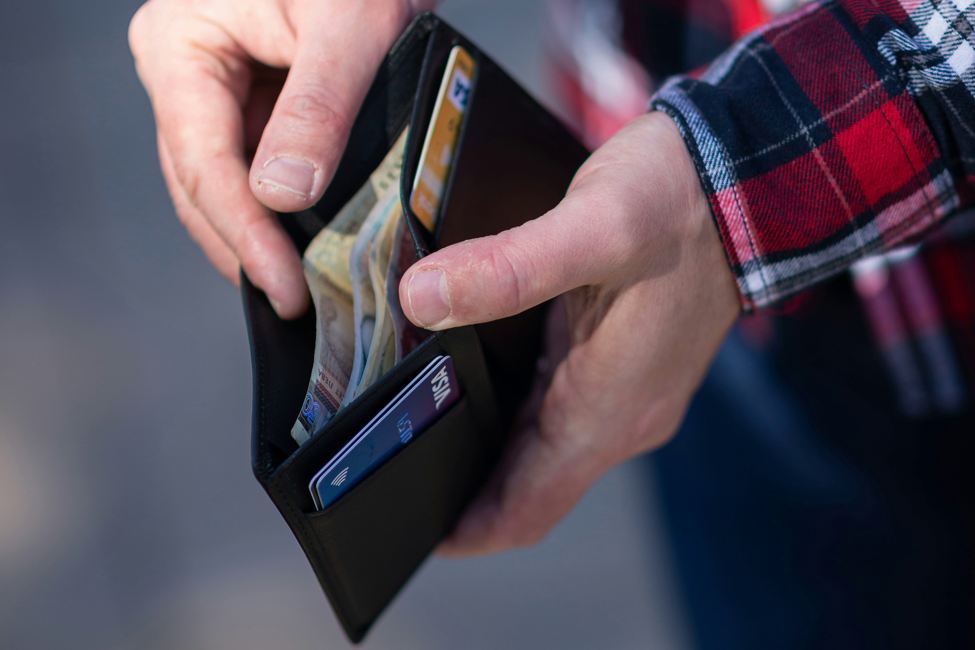
Navigating Credit and Debit Cards
Credit cards are convenient for larger purchases and offer added security. You can use a Visa or MasterCard to pay for expenses while traveling to and from your destination, at many major hotels and tourist hotspots, and for accessing ATMs at airports and banks.
But there are some potential drawbacks:
- Credit cards aren’t accepted everywhere.
- Vendors may charge an additional transaction fee, anywhere from 3 percent to 7 percent.
- Your credit card company may apply foreign transaction fees—check before you go.
Before leaving for your safari, inform your bank of your travel plans. Otherwise, they might flag your activity as suspicious and freeze your card to protect it from fraud. And carry at least one backup card in case of emergencies.
Embracing Digital Payments
Using phones to make digital payments is common in much of Africa, particularly in urban centers. Of course, you won’t be able to use mobile payments unless you have a cell phone that works in your destination country. Contact your cell phone provider prior to traveling to ask about international plans.
Traveler’s Checks: A Relic of the Past?
Once a popular choice for travelers seeking a secure alternative to cash, traveler’s checks have largely fallen out of favor. They can’t be used in shops or hotels, and in some countries, it’s nearly impossible to find a bank or exchange bureau that will exchange them. When exchange is possible, traveler’s checks typically incur additional fees.
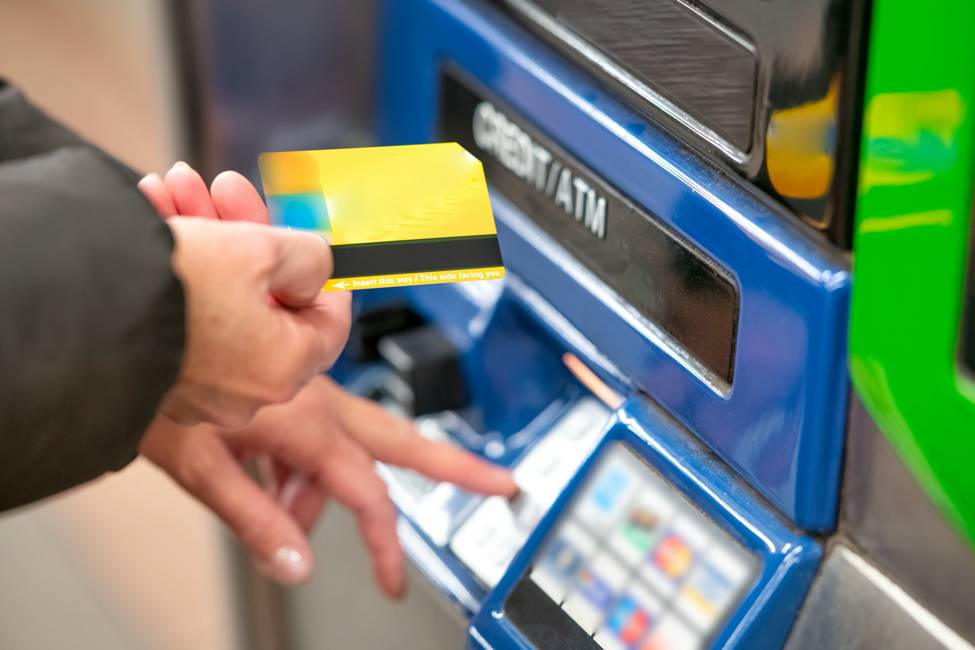
Money Country by Country
Africa’s currency systems and banking practices can vary significantly from one nation to another. In this section, we delve into the specifics of currency and credit card usage in the African countries most frequented by Ujuzi travelers.
Botswana
Botswana’s currency is the pula (P), which is divided into 100 thebe. Banknotes come in denominations from 10 to 200 pula. The coins in circulation are 5, 10, 25, and 50 thebe; and 1, 2 and 5 pula. Some establishments accept U.S. dollars (as well as euros and South African rand).
Credit cards can be used at lodges and restaurants, as well as large supermarkets and gas stations. Visa and MasterCard are the most widely accepted. Local vendors only accept cash.
Kenya
The currency of Kenya is the Kenyan shilling (Ksh), divided into cents. Reading prices can be challenging at first for North American travelers. A slash is used where most other currencies would use a period, and a hyphen or equal sign is used in place of a zero. So fifty cents is written as -/50 or =/50, and 250 shillings as 250/= or 250/-. This same system is used in Uganda in Tanzania.
Frequently used paper denominations are 50, 100, 200, 500, and 1,000 shillings, and coins include 1, 5, 10, 20, and 40 shilling. You might also encounter smaller cent coins in 5, 10, 25 and 50 cents.
Major hotels and restaurants accept payment by Visa and MasterCard. ATMs are common in cities.
Madagascar
The official currency of Madagascar is the Malagasy ariary (Ar). A smaller denomination, called the iriambilanja, is equal to one-fifth of an ariary, but it’s rarely used. Always keep some ariary on hand. US dollars are almost never accepted, even in tourist areas.
Credit cards (mainly Visa) are only accepted in large hotels and restaurants, as well as some shops in the capital city of Antananarivo. Most larger cities have some ATMs, but they are often out of order.
Malawi
The Malawian currency is the kwacha (K), divided into 100 tambala. Notes come in the denominations from K5 to K500. Coins are in denominations of K1 as well as 1, 2, 5, 10, and 20 tambala.
Credit and debit cards are generally not accepted outside of major establishments in Lilongwe and Blantyre and in large hotels. ATMs are infrequent. If you are in a remote area and can’t find a bank, try the local District Commissioner’s office.
Mozambique
The currency of Mozambique is the metical (MT), divided into 100 centavos. Notes are in denominations from 20 to 1000 meticais (that’s not a typo—meticais is the plural of metical). Coins are in denominations from 1 centavo to 10 metical. The currency changed in 2006, so don’t accept money printed before then.
Guides at Gorongosa National Park generally prefer receiving tips in US dollars, which are also accepted at many places in major cities and tourist destinations. South African rand are used even more widely, particularly in southern Mozambique.
Credit cards are often accepted in tourist areas, but smaller shops and street vendors only take cash.
Namibia
The currency of Namibia is the Namibian dollar, with notes from N$10 to and N$200. Coins are in denominations of 5, 10, and 50 cents, and N$1 and N$5. Namibian dollars and South African rand are equal in value and are accepted as legal tender anywhere in Namibia.
Unlike in many other parts of Africa, you can often expect a better exchange rate for traveler’s checks than for cash.
Bank cards (Visa and MasterCard) are frequently accepted, but gas stations only take cash—something to be aware of if you are on a self-driving safari. You can also use them at ATMs, which are common in cities.
Rwanda
The national currency is the Rwanda franc or ifaranga ry’u Rwanda (FRw). Notes are in denominations of 500, 1000, 2000, and 5000 francs. Coins are in denominations from 5 to 100 francs. U.S. dollars are also widely accepted, particularly at lodges and as tips for guides at national parks.
Credit cards (Visa and Mastercard) are only accepted at hotels in lodges, and usually incur a 5–7% vendor surcharge. A few ATMs (Visa) are available in Kigali, but they are often out of order.
South Africa
The rand (R) is South Africa’s currency. It can be divided into 100 cents. Bills come in denominations of R10 to R200. Coins come in 5c, 10c, 20c, and 50c, and in R1, R2, and R5.
Credit cards are widely accepted, but you may need cash for tipping and shopping at local markets or in rural areas. ATMs are fairly common in towns and cities.
Seychelles
Seychelles uses the rupee (abbreviated Re. for 1 rupee and Rs. for multiple rupees), which is divided into 100 cents. For bills, there are denominations of 10 to 500 rupees; for coins, you can find 1c, 5c, 10c, and 25c, as well as Re. 1, Rs. 5, and Rs. 10. Rupees are accepted everywhere, but you can also use euros to pay for most tourist services and accommodations. U.S. dollars are less frequently accepted.
You can exchange money and travelers checks at banks and exchange bureaus on the islands of Mahé, Praslin, and La Digue. The banks also have ATMs.
Major credit cards, particularly Visa and MasterCard, are accepted in most hotels, restaurants, and tourist shops. A few places add a vendor surcharge, typically 3%, to cover bank fees.
Tanzania
The currency of Tanzania is the shilling (Tsh), divisible into 100 cents—although cent coins are no longer minted. Amounts are written with the same notation used in its East African neighbors Kenya and Uganda. Notes come in shilling denominations of 500, 1000, 2000, 5000, and 10,000 shillings. Coins come in 50, 10 and 200 shillings.
A 2025 law requires all transactions to be conducted in local currency. Visa and sometimes MasterCard are accepted at many hotels, lodges, and gift shops, but they may add a 5% transaction fee. ATM machines can be found in the main towns and tourist areas.
Uganda
The local currency is the Uganda shilling (USh). Prices are written the same way as in Kenya and Tanzania. Notes are in denominations of 1000 to 50,000 shillings. Commonly used coins are 100, 200, 500, and 1000 shillings. You might also sometimes see a 50 shilling coin.
The U.S. dollar is widely—but not universally—accepted for cash payments in tourist areas, and you may pay a slightly higher price since vendors round up to the nearest dollar. For tips and small purchases, you will probably need Ugandan shillings.
Some large hotels, restaurants, travel agencies, and shops in urban areas accept credit cards. ATMs exist in the larger cities, but are often out of service.
Zambia
Zambia’s unit of currency is the kwacha (K), subdivided into 100 ngwee. Paper denominations range from K2 to K100. Frequently use coins include 5 ngwee, 10 ngwee, 50 ngwee, and K1.
Zambian law requires transactions to be conducted in local currency. If you pay with US dollars, you will get change in kwacha. You can use credit cards in some cities and large towns, but you shouldn’t depend on them.
Zimbabwe
Zimbabwe has a multicurrency system that recognizes U.S. dollars, South African rands, euros, and pounds sterling. You can use U.S. dollars for any transaction. The country recently introduced its own currency, the Zimbabwe Gold (ZiG), but it isn’t widely available.
Lodges generally accept credit cards (Visa and MasterCard only).
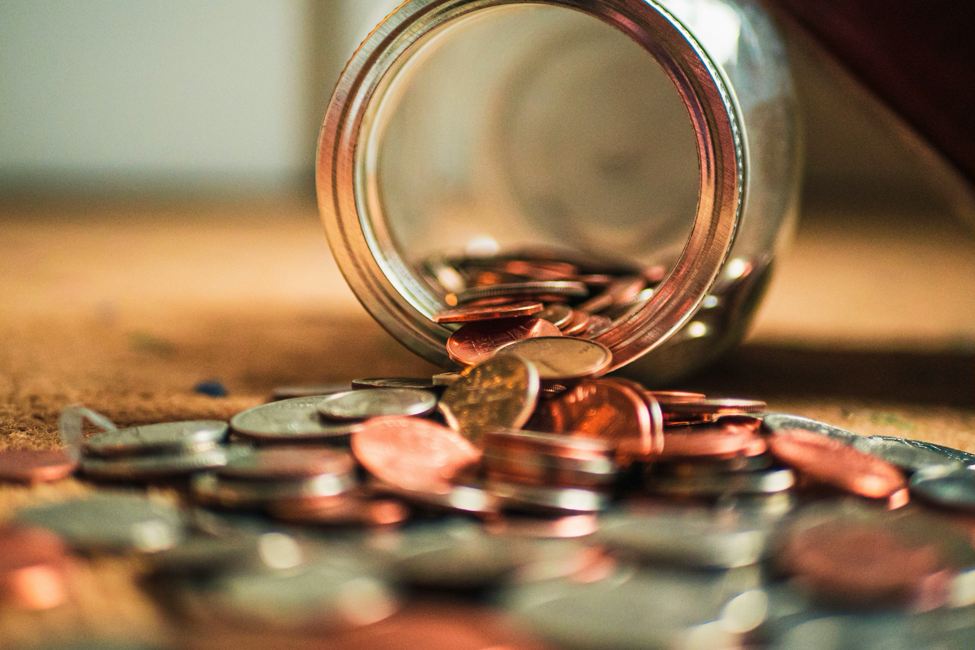
Plan Your Safari
When embarking on your African adventure, be prepared with a variety of payment methods to ensure a hassle-free journey. By carrying both credit cards and cash, you can navigate transactions with confidence—and keep your focus on creating unforgettable memories.
For more help planning your safari, contact Ujuzi today.
Sign up for the Ujuzi Newsletter!
From top travel tips to innovative safaris and conservation movement, get inspired to plan your next African safari!
By submitting this form, you are consenting to receive marketing emails from: . You can revoke your consent to receive emails at any time by using the SafeUnsubscribe® link, found at the bottom of every email. Emails are serviced by Constant Contact
